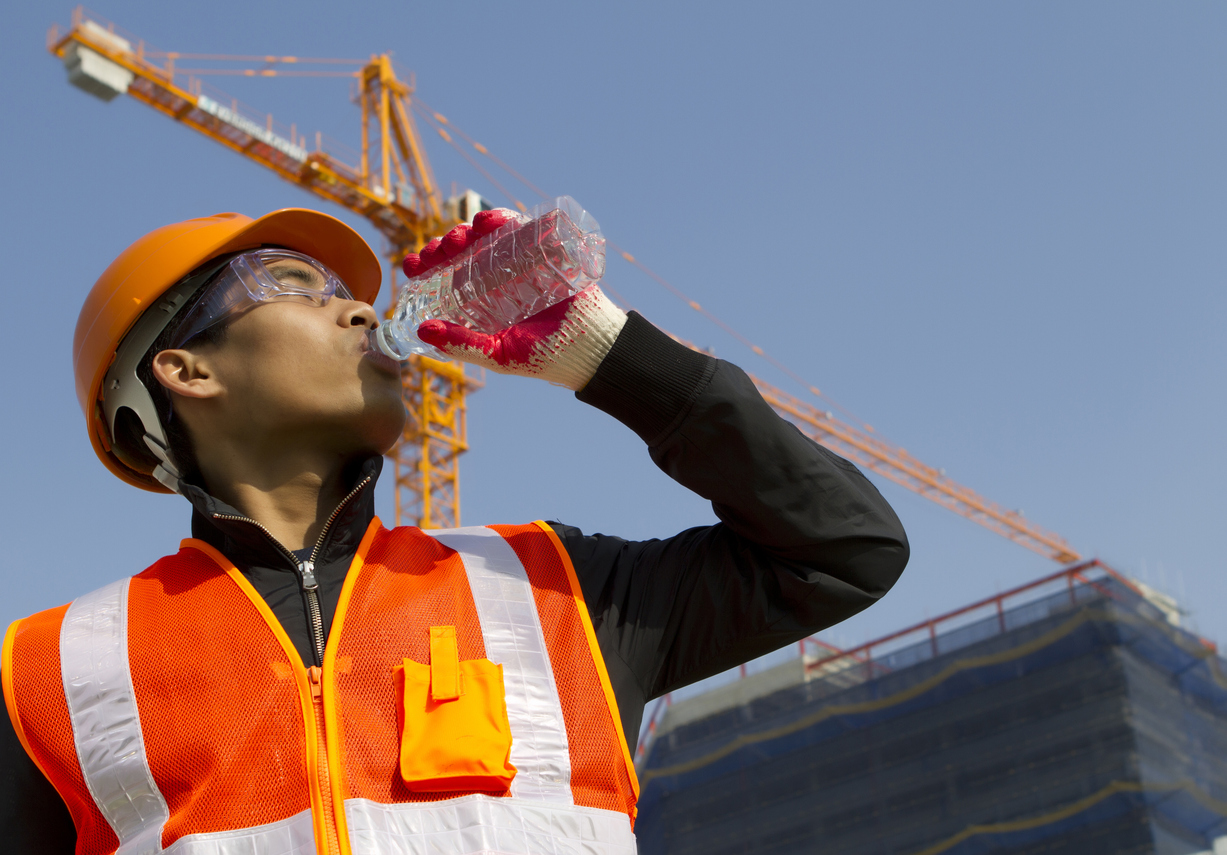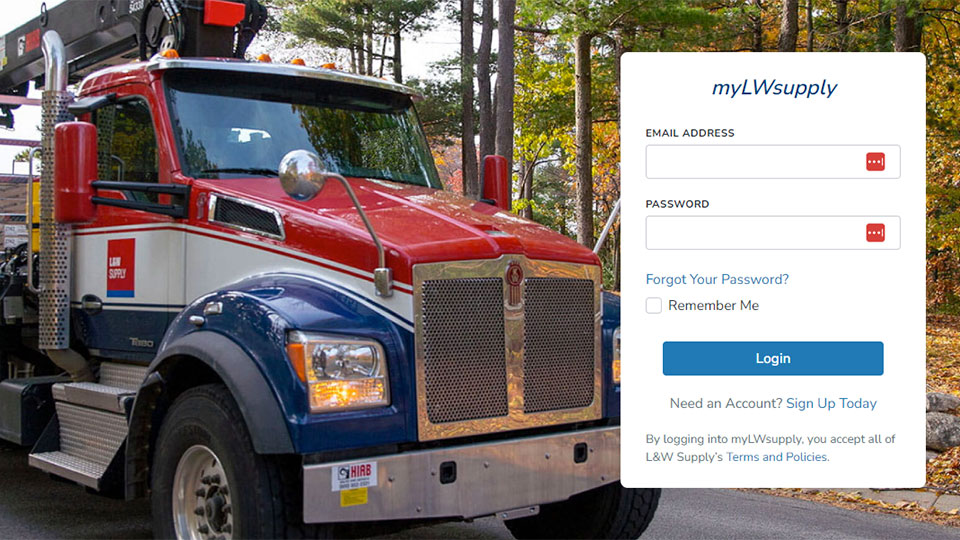
9 Summer Safety Tips for Contractors
While jobsite safety is a year-round priority, contractors face unique challenges in the summer. Hot temperatures can cause body temperatures to rise to dangerous levels. This can be especially threatening if you’re working outside, but it’s equally important to stay cool indoors if you’re working in an area with limited air movement and no breeze.
Thousands of workers suffer from heat illness each year. Environmental heat is a recognized hazard, that’s why prevention and planning ahead is crucial. At L&W Supply, we recommend establishing a complete heat illness prevention program and training your employees before summer hits, depending where you are in the country.
Here are 9 tips to help prevent heat related illnesses.
1. Stay hydrated.
Stay hydrated throughout the day by drinking lots water and an occasional sports drinks, even if you don’t feel thirsty. It’s better to drink small amounts frequently, as opposed to larger amounts less often. If you wait until you arrive on the jobsite to start drinking water, it’s too late. You should prepare ahead of time and avoid coffee in the morning, unless followed by water. Also avoid soda or alcoholic beverages as they can be dehydrating. Make sure you bring water with you or ensure there will be water on site.
2. Dress cool.
While the body normally cools itself by sweating. That’s not enough during hot weather, especially with high humidity. When it comes to clothing, cotton and breathable material is advised. Avoid polyester or materials that will cause you to sweat more. A hat, light-colored clothing and cool, moist rag on back of the neck is also helpful.
3. Work in shade.
Working in full sunlight can increase heat index values by 15 degrees Fahrenheit. Keep this in mind and plan additional precautions for working in these conditions. Trees, awnings and tents are your friends.
4. Take more frequent breaks.
This is important for all workers, but especially for new ones. Allow them to gradually increase workloads and take more frequent breaks as they acclimatize, or build a tolerance for working in the heat. If you’re working in extreme heat, take breaks until you feel refreshed and good about going back to work.
5. Get air circulation.
When working inside during warm weather, try to keep the environment cool by getting air flow. Bring in fans and open windows to allow air to circulate and ventilate the area.
6. Take a break in the car.
If you really need to get into a cool area, take a break in your car with the air conditioning on, it’ll help you feel refreshed. During this time, drink water and allow your body to recover.
7. Schedule work accordingly.
Schedule to do more strenuous tasks during cooler times of the day and lighter work when the sun is out. This will not only protect you from heat related illnesses, but it’ll keep you and your team productive.
8. Watch for symptoms of heat exhaustion.
Heat exhaustion can often affect you before you even realize it, so it’s important to be very aware of the signs. Workers suffering from heat exhaustion are at greater risk for having an incident, since they are less alert and can be confused. Heat exhaustion can lead to a heat stroke, so if you’re feeling dizzy, weakness, cramps, nausea or have a rapid heartbeat alert your supervisor, take a break, drink water, get out of direct sunlight and allow your body to recover.
9. Let your body adjust.
If you haven’t worked in hot weather for a week or longer, your body needs time to adjust. You need to take more breaks and not do too much strenuous work during your first weeks on the job.
You may be aware that it’s going to be hot, but prepare yourself for how hot it will be during scheduled work activities and use this information to determine which preventive measures should be taken. Educating yourself and your team on how to stay safe in the hot summer months is important. Remember to develop a heat‐related illness prevention plan that will keep your team hydrated and healthy all summer long. If you need help developing a plan, you can find resources at the OSHA website.
All data and information provided in this blog posting is for informational purposes only. L&W Supply makes no representations as to accuracy, completeness, currentness, suitability, or validity of any information provided therein and will not be liable for any errors, omissions, or delays in this information or any losses, injuries, or damages arising from its display or use. All information is provided on an as-is basis.

L&W Supply Expands Order Management Tool With E-Commerce Feature
Customers can now place orders through myLWsupply CHICAGO – April 1, 2024 – L&W Supply, a nationwide distributor of interior building materials and construction supplies, has announced that its customers now have access to enhanced e-commerce capabilities through its online order management tool, myLWsupply. The tool will now allow them to order products, see pricing, […]

L&W Supply Announces the Opening of Its Seventh Michigan Location in Portage
Jeffrey Pettit manages the newest location CHICAGO – March 5, 2024 – L&W Supply, a nationwide distributor of interior building materials and construction supplies, has opened a new location at 1723 Vanderbilt Ave. in Portage, Michigan. Jeffrey Pettit manages the new location. Pettit joined L&W Supply in 2004 and has since held various positions, including […]